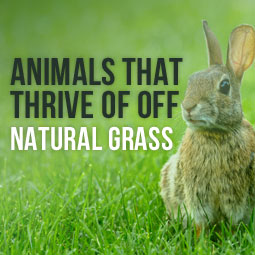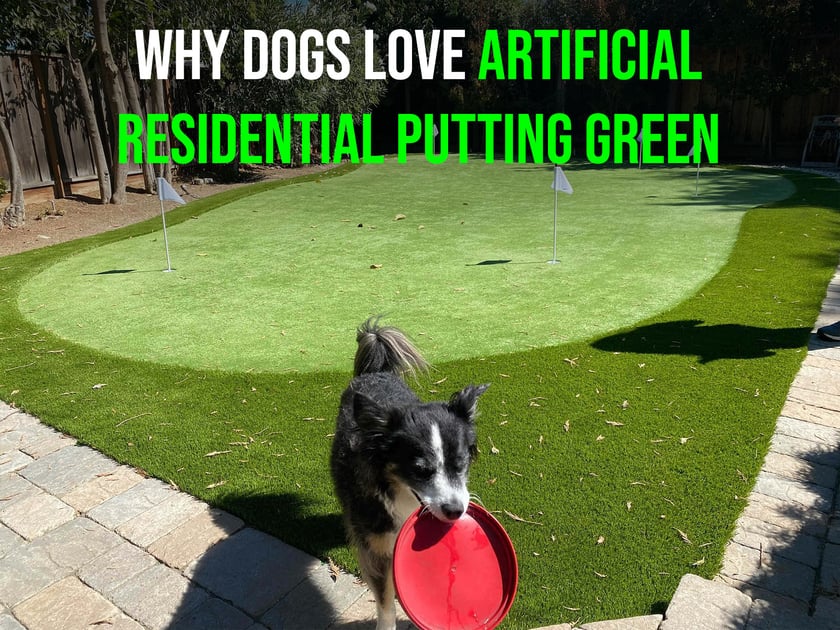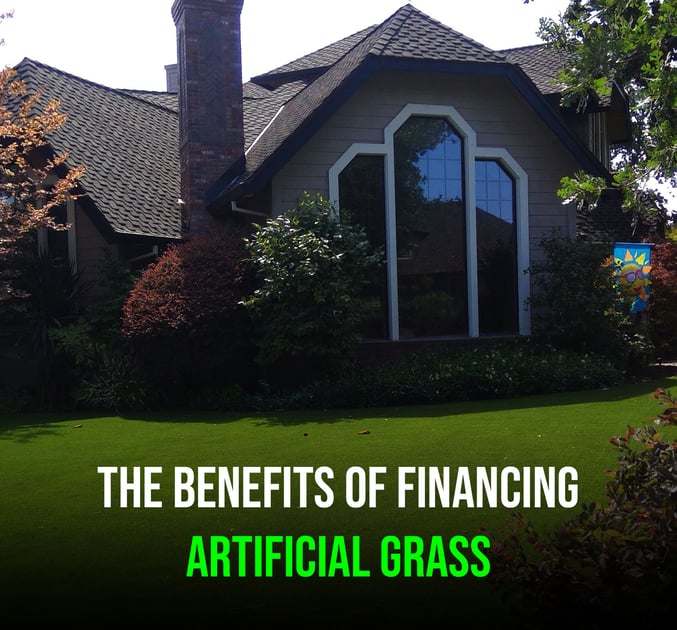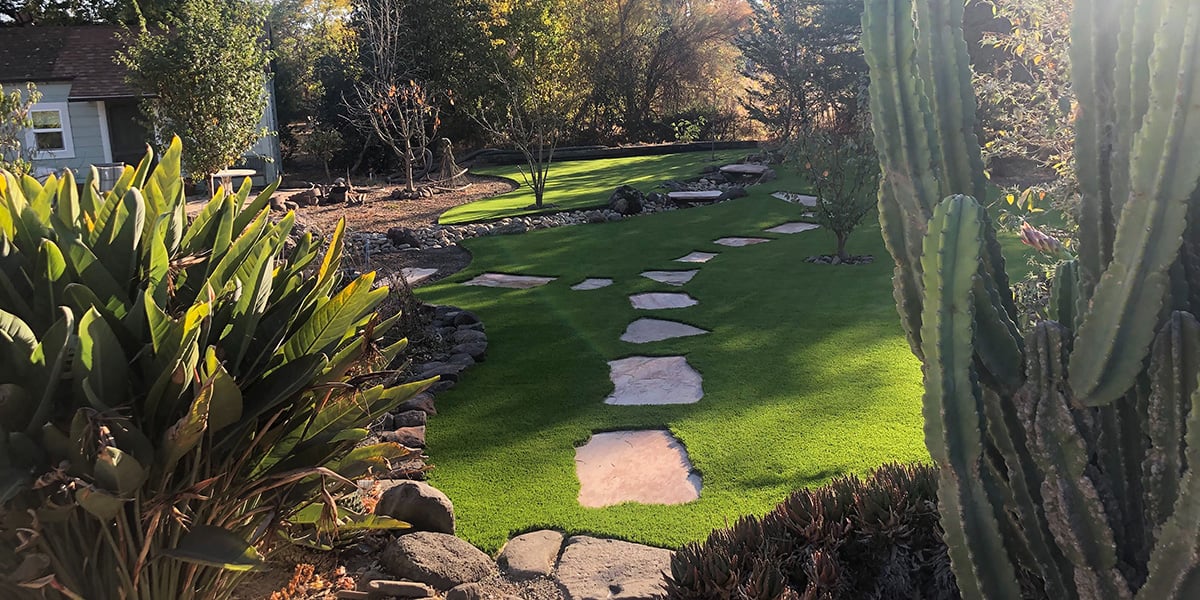 One of the most challenging aspects of having a natural grass lawn is controlling the animals and insects that thrive in that environment. Both animals and insects can cause major damage to a lawn by burrowing tunnels, eating the bacteria and insects that dwell in the soil and digging through the top layer of soil and disrupting the surface of the lawn.
One of the most challenging aspects of having a natural grass lawn is controlling the animals and insects that thrive in that environment. Both animals and insects can cause major damage to a lawn by burrowing tunnels, eating the bacteria and insects that dwell in the soil and digging through the top layer of soil and disrupting the surface of the lawn.
Moles
Moles eat insects and grubs that dwell in the soil. While hunting and foraging for their food, they dig tunnels and can disrupt the soil to the point that soft areas can become a huge problem. The soil begins to soften, and in some cases, can actually collapse, leaving small holes that become a tripping hazard. This also can kill the roots the grass need to survive, leaving large brown patches.
Voles
Unlike moles that go after insects, voles eat the roots of grass and other plants that help to keep the soil in place. With the roots gone, there is no way for the plants to pull moisture and nutrients from the soil. While moles can cause holes in the lawn, voles are primarily responsible for the large patches of dried, brown and dying grass that no longer has the root base to support it.
Insects and Grubs
Insects and grubs are not really a bad thing. They work within the soil to keep its delicate pH balance and maintain a constant supply of nutrients for the plants that flourish there. They can, however, begin to cause problems with thatch begins to build up. This can cause the insects and grubs to come out of the soil and begin to eat the plants themselves. An excessive amount of bugs can also cause the grass to weaken leaving the plants open to various types of diseases that kill the roots or damage the stems.
Raccoons and Skunks
When insects and bugs begin to take up residence in the thatch, a new type of lawn predator begins to emerge. These animals tend to dig into the top soil or pull the thatch away from the surface of the soil. Raccoons and skunks eat the insects and bugs that make their homes in the top layers of the soil. They will often dig shallow holes so they can feed off of their primary food sources, grubs and mealy bugs.
Groundhogs
Groundhogs are another common nuisance that dig large tunnels, leaving mounds of dirt in their wake. Like moles, they leave soft spots that can eventually lead to patches of dead and dying grass. The main difference is that moles are the size of a baseball or large orange. Groundhogs can grow to the size of large cat and cause major damage to the lawn that will take months to repair. Especially if the surface has been disrupted.
While landscapers have many ways to eliminate these rodents, animals and insects, the process of getting rid of them can take weeks. The fastest, most effective option is installing artificial turf. By removing the top soil and natural grass, you effectively and completely remove each culprits food source. If they want to survive, they will have to move outside of the parameters of the artificial turf. There is no downtown and no hazardous chemicals. You don't have to worry about walking into your backyard and finding dead animals. They simply leave. With no food supply available, there is nothing to sustain them and they will eventually wander off to the neighbor's lawn or a nearby meadow or wooded area. It is completely humane, as no animal is harmed or poisoned in any way. They still have wide open areas to forage for food, the only difference is those areas are away from your home and lawn.












